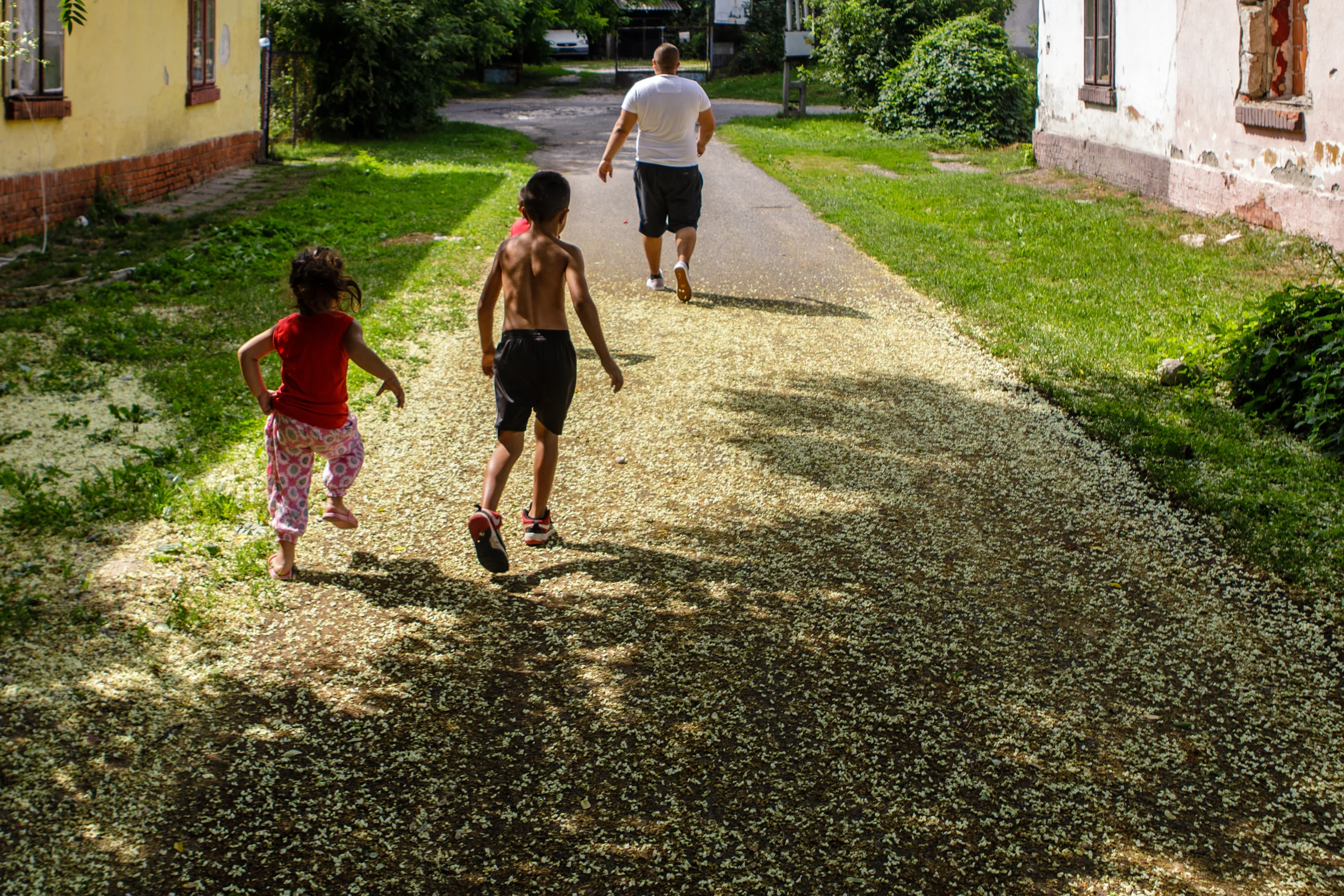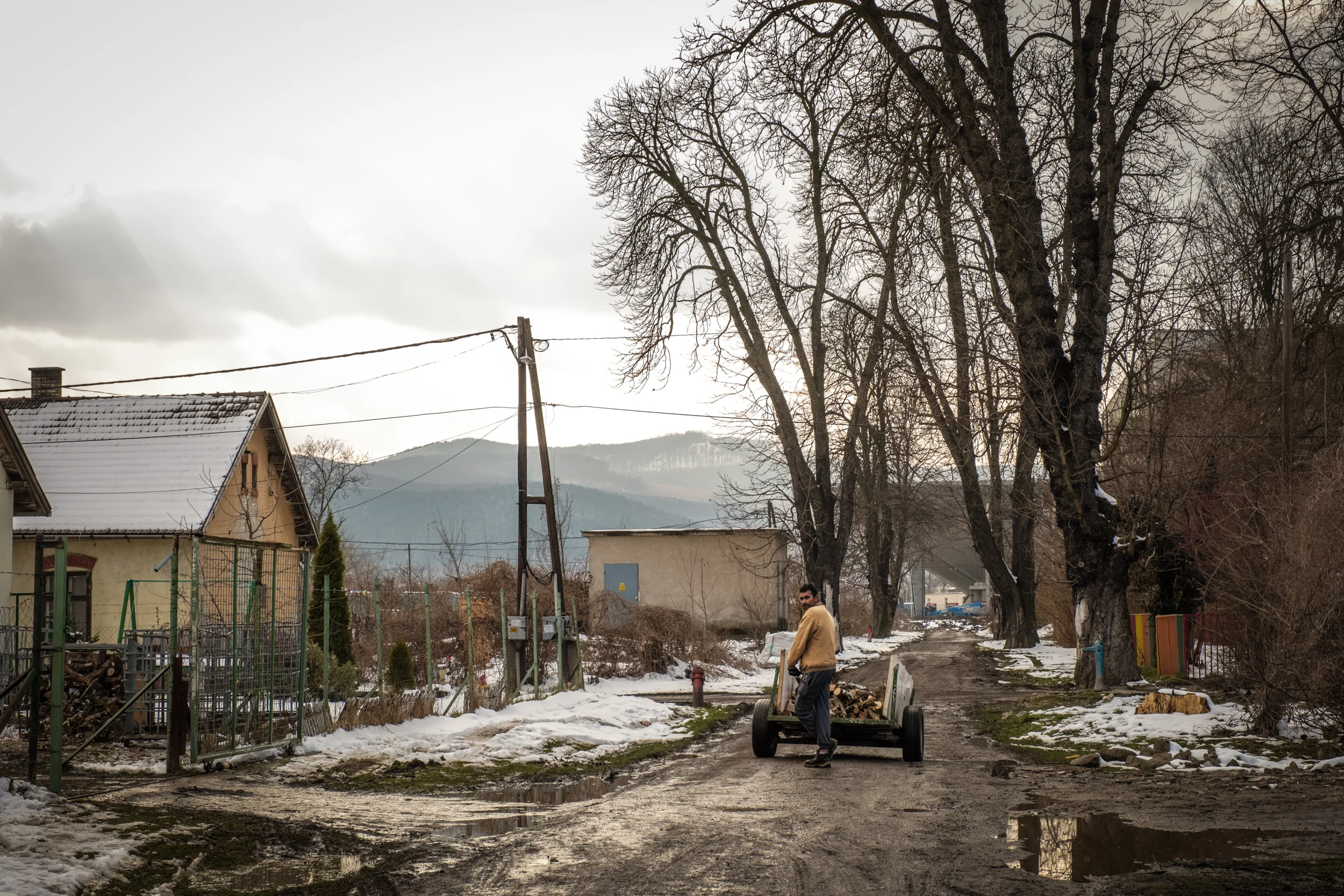COCOON MISKOLC
Following the Removals
COCOON Miskolc: Following the Removals is a performance installation in the industrial center of northeastern Hungary on Saturday, July 27, 2019. The Numbered Streets is a small neighborhood in Miskolc where Roma families have lived for decades. In 2014, the city began to evict Roma and raze their houses, in part to make way for a new football stadium. The stadium is complete, but the city’s campaign to eradicate the Numbered Streets continues. Residents have struggled to find new places to live elsewhere in the city or the country. Some have been able to move to Canada as refugees, though many others have been denied entry.
On July 27, current and former residents of the Numbered Streets will gather to mark its ongoing destruction. Starting from the various sites of the razed homes, they will gather into a procession, carrying lanterns that bear the names of the families no longer living there. The procession will culminate at the Cocoon sculpture, built by local Roma. Lanterns will be hung inside, illuminating the sculpture. A soundtrack will play, excerpts from interviews with members of more than 80 Roma families, stories of their lives in the neighborhood, before and after the removals.
When: 8 PM, July 27, 2019
Where: The Numbered Streets, Miskolc, Hungary
Destroying the Homes of the Numbered Streets
Before: The small neighborhood of the Numbered Streets in 2010, before the removals started. Roma have lived here for generations, many working in the nearby steel mills.
After: A satellite shot from 2018 shows the new stadium with a parking lot and empty fields where 20 houses once stood. The city continues to evict Roma as they can, and tear down homes far from the stadium, as the red rectangles — destroyed and partially destroyed homes — throughout the Numbered Streets indicate.
The houses in the Numbered Streets were built by the local iron and steel mills in 1909 for their workers. With 100 quartered-flats — 100 houses, 400 flats — the development was considered a progressive, self-sufficient neighborhood with cottage gardens and one-story houses, their casement windows facing a grid of tree-lined streets.
Roma have lived here for decades and worked in the plants, including LKM and DIGEP, which suffered in the global steel crisis. The reason for destroying the neighborhood was not so much the collaspe of the steel industry but to make room for construction of the rebuilt stadium. Even with DVTK stadium finished, removals and bulldozing continues. Residents who have permanent contracts for their flats, which are rare, have to be relocated by the city government, which now owns all the houses. Others have no recourse but to leave..





















